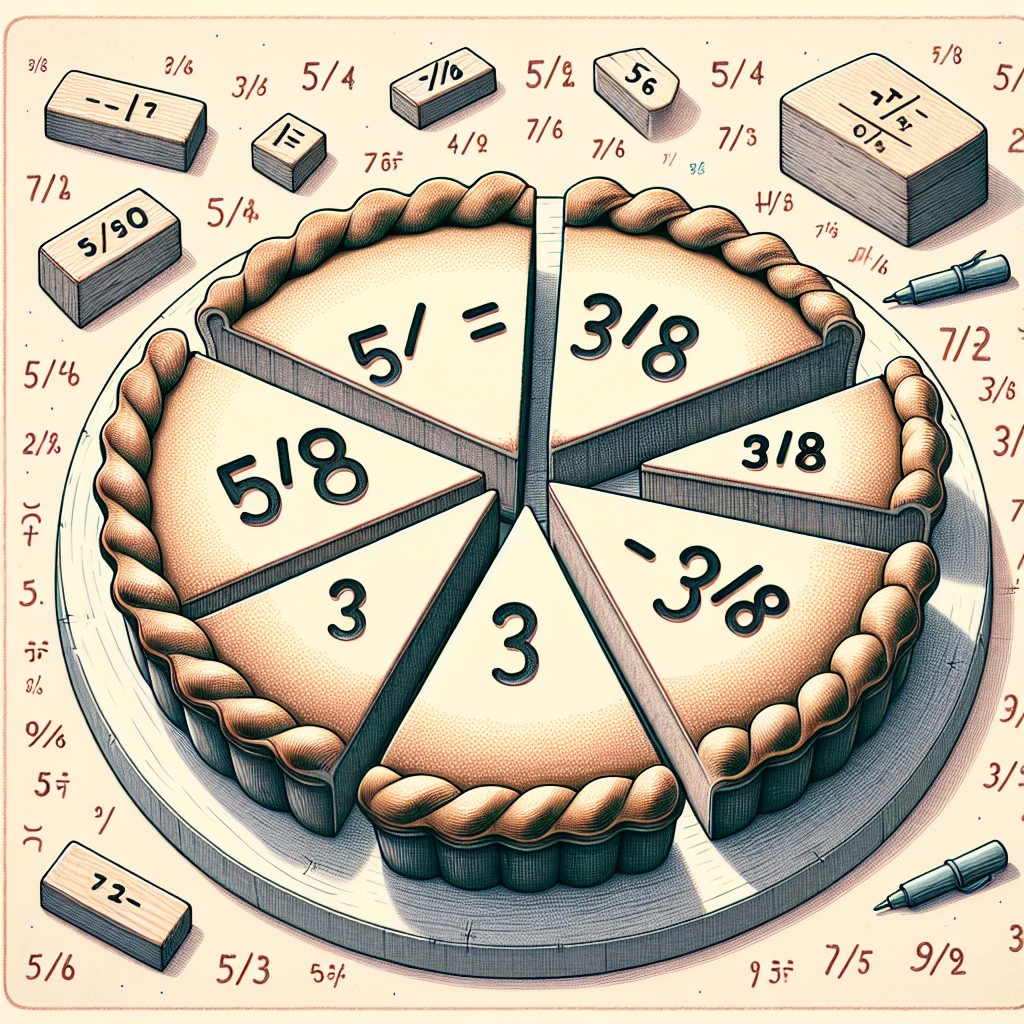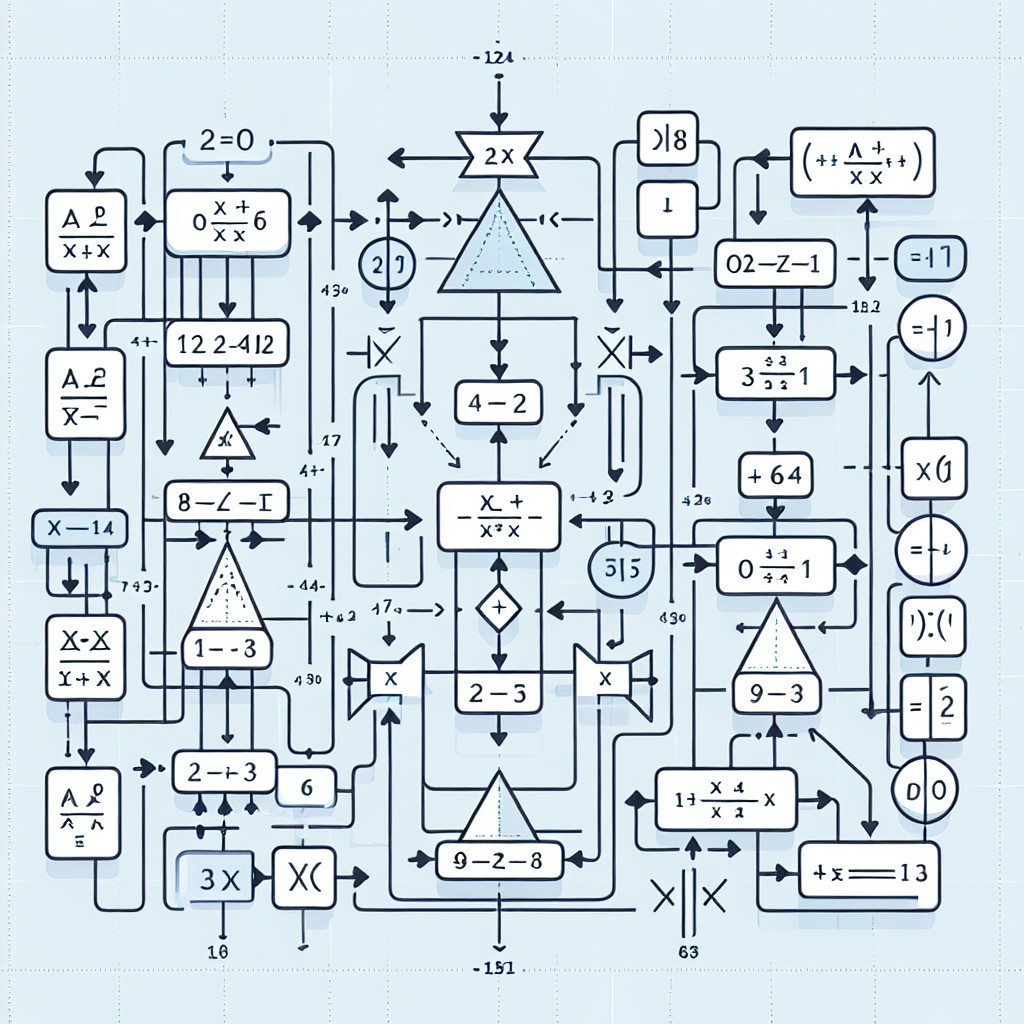Vectors are a fundamental concept in mathematics and physics that play a crucial role in various fields, including technology, engineering, and science. They are used to represent quantities that have both magnitude and direction, making them essential for understanding and solving complex problems. From navigation systems to computer graphics, vectors are at the heart of many modern technologies. In this article, we will explore the basics of vectors, their applications in different fields, and the future of vector-based technologies.
Key Takeaways
- Vectors are mathematical objects that have both magnitude and direction.
- Vectors play a crucial role in modern technology, including computer graphics, GPS, robotics, and artificial intelligence.
- Vector calculus is a powerful tool for solving complex problems in physics and engineering.
- Vector-based machine learning is a game-changer in artificial intelligence, enabling more accurate predictions and faster processing.
- The future of vector-based technologies is promising, with trends pointing towards increased use in fields such as healthcare and renewable energy.
Understanding the Basics of Vectors: A Comprehensive Guide
A vector is a mathematical object that represents a physical quantity with both magnitude and direction. It can be represented by an arrow, where the length of the arrow represents the magnitude of the vector, and the direction of the arrow represents its direction. Vectors have several properties, including addition, subtraction, scalar multiplication, dot product, vector projection, and cross product.
Vector addition is the process of combining two or more vectors to obtain a resultant vector. It follows the commutative and associative properties, meaning that the order in which vectors are added does not matter, and they can be grouped together in any way.
Scalar multiplication involves multiplying a vector by a scalar (a real number). This operation changes the magnitude of the vector but does not affect its direction. The dot product of two vectors is a scalar quantity that measures the degree of alignment between them. It is calculated by multiplying the magnitudes of the vectors and the cosine of the angle between them.
Vector projection is a process that involves finding the component of one vector along another vector. It is useful for determining how much of one vector lies in the direction of another vector. The cross product of two vectors is a vector that is perpendicular to both input vectors. It is used to calculate areas, volumes, and determine the direction of rotation.
The Role of Vectors in Modern Technology: An Overview
Vectors play a crucial role in various modern technologies, enabling advancements in fields such as GPS, computer graphics, robotics, and more. In GPS systems, vectors are used to determine the position, velocity, and direction of an object. By analyzing the changes in these vectors over time, GPS devices can accurately calculate the location of a user.
In computer graphics, vectors are used to represent shapes, lines, and curves. Vector graphics are resolution-independent and can be scaled without losing quality. This makes them ideal for creating images and animations that need to be displayed on different devices with varying resolutions.
In robotics, vectors are used for motion planning and control. Robots rely on vectors to navigate their environment, avoid obstacles, and perform precise movements. By analyzing the vectors representing the robot’s position and orientation, algorithms can determine the optimal path for the robot to follow.
How Vectors are Used in Computer Graphics and Animation
| Application | Usage | Example |
|---|---|---|
| 3D Modeling | Creating and manipulating objects in 3D space | Designing a car or building |
| Animation | Animating objects and characters | Animating a character walking or jumping |
| Rendering | Generating images from 3D models | Creating a photorealistic image of a building |
| Simulation | Simulating real-world physics and interactions | Simulating a car crash or a fluid flow |
| Virtual Reality | Creating immersive environments | Creating a virtual tour of a museum or a game |
Vector graphics are a type of computer graphics that use mathematical equations to represent shapes and lines. Unlike raster graphics, which are made up of pixels, vector graphics are resolution-independent and can be scaled without losing quality. This makes them ideal for creating images and animations that need to be displayed on different devices with varying resolutions.
Vector-based animation techniques involve manipulating vectors to create movement and change in an image or object. By changing the position, size, or shape of vectors over time, animators can create smooth and realistic animations. This is commonly used in web design, advertising, and gaming to create interactive and visually appealing content.
In web design, vector graphics are used to create icons, logos, and illustrations that can be scaled to fit different screen sizes. They also help reduce file sizes, resulting in faster loading times for websites. In advertising, vector-based animations are used to create eye-catching visuals that grab the viewer’s attention. In gaming, vector graphics are used to create characters, environments, and special effects.
The Importance of Vectors in GPS and Navigation Systems
GPS (Global Positioning System) relies on vectors to determine the position, velocity, and direction of an object. GPS devices receive signals from multiple satellites and use the time it takes for the signals to reach the device to calculate the distance between the device and each satellite. By analyzing these distances, along with the known positions of the satellites, GPS devices can triangulate the user’s position.
Accurate vector calculations are crucial for navigation systems as they determine the user’s location and provide directions. Any errors in vector calculations can result in incorrect positioning and navigation instructions. Therefore, advancements in vector-based technologies are essential for improving the accuracy and reliability of GPS systems.
Future advancements in GPS technology using vectors include improved satellite positioning, increased accuracy in urban environments, and better integration with other technologies such as augmented reality. These advancements will enable more precise navigation, enhanced safety features, and improved user experiences.
Vector Calculus: A Powerful Tool for Solving Complex Problems

Vector calculus is a branch of mathematics that deals with vector fields and their derivatives. It is a powerful tool for solving complex problems in physics, engineering, economics, and other fields. Vector calculus extends the concepts of calculus to higher dimensions and allows for the analysis of quantities that have both magnitude and direction.
Applications of vector calculus in physics include electromagnetism, fluid dynamics, and quantum mechanics. Maxwell’s equations, which describe the behavior of electric and magnetic fields, are formulated using vector calculus. Vector calculus is also used to analyze fluid flow in engineering applications such as aerodynamics and hydrodynamics.
In economics, vector calculus is used to optimize functions with multiple variables. It allows economists to analyze how changes in one variable affect others and find the optimal values that maximize or minimize certain objectives. This is particularly useful in areas such as production optimization, resource allocation, and portfolio management.
The Use of Vectors in Robotics and Automation
Vectors play a crucial role in robotics and automation, enabling robots to perform tasks with precision and efficiency. Robots use vectors for motion planning and control, allowing them to navigate their environment, avoid obstacles, and perform complex movements.
Motion planning involves determining the optimal path for a robot to follow to reach a desired location. By analyzing vectors representing the robot’s position and orientation, algorithms can calculate the shortest and safest path for the robot to take. This is particularly important in applications such as autonomous vehicles, where safety and efficiency are paramount.
Motion control involves using vectors to control the movement of a robot’s joints or end effector. By applying forces and torques along specific vectors, robots can perform precise movements and manipulate objects with accuracy. This is crucial in manufacturing and logistics applications, where robots need to handle delicate or heavy objects.
Future advancements in vector-based robotics include improved sensing capabilities, enhanced motion planning algorithms, and increased collaboration between humans and robots. These advancements will enable robots to perform more complex tasks, adapt to changing environments, and work alongside humans in a safe and efficient manner.
Vector-Based Machine Learning: A Game-Changer in Artificial Intelligence
Vector-based machine learning is a subset of artificial intelligence that uses vectors to represent data and make predictions or decisions. It involves training models on large datasets and using vectors to represent features or attributes of the data. This allows the models to learn patterns and make accurate predictions or decisions based on new input.
Applications of vector-based machine learning include image recognition, natural language processing, recommendation systems, and more. In image recognition, vectors are used to represent features of images such as edges, textures, and colors. Machine learning models can then be trained on these vectors to classify images into different categories.
In natural language processing, vectors are used to represent words or sentences. This allows machine learning models to understand the meaning of text and perform tasks such as sentiment analysis, language translation, and question answering. Recommendation systems use vectors to represent user preferences and make personalized recommendations based on similar users or items.
Vector-based machine learning has several advantages over traditional methods. It can handle high-dimensional data efficiently, capture complex relationships between variables, and generalize well to new data. These advantages make it a powerful tool for solving real-world problems and driving advancements in artificial intelligence.
The Future of Vector-Based Technologies: Trends and Predictions
The future of vector-based technologies is promising, with several emerging trends and predictions shaping the field. One trend is the increasing integration of vector-based technologies with other emerging technologies such as augmented reality, virtual reality, and blockchain. This integration will enable new applications and enhance the capabilities of existing technologies.
Another trend is the development of more efficient algorithms and hardware for vector-based computations. As the demand for processing large amounts of data in real-time increases, advancements in algorithms and hardware will be crucial for improving the speed and accuracy of vector calculations.
Predictions for the future of vector-based technologies include the widespread adoption of autonomous vehicles, the development of more realistic virtual environments, and the use of vectors for personalized medicine. Autonomous vehicles will rely on vectors for navigation and decision-making, while virtual environments will use vectors to create immersive experiences.
In personalized medicine, vectors can be used to represent individual patient data such as genetic information, medical history, and lifestyle factors. Machine learning models trained on these vectors can then provide personalized treatment recommendations and predict disease outcomes.
The potential impact of vector-based technologies on society and the economy is significant. They have the potential to revolutionize industries, improve efficiency, enhance safety, and create new job opportunities. However, they also raise ethical concerns such as privacy, security, and algorithmic bias. It is important to address these concerns and ensure that vector-based technologies are developed and deployed responsibly.
Vector Analysis in Physics and Engineering: Applications and Advancements
Vector analysis, also known as vector calculus, is a powerful tool for solving complex problems in physics and engineering. It allows for the analysis of quantities that have both magnitude and direction, making it essential for understanding and predicting the behavior of physical systems.
Applications of vector analysis in physics include structural analysis, electromagnetics, fluid dynamics, and more. In structural analysis, vectors are used to represent forces, moments, and displacements in a structure. By analyzing these vectors, engineers can determine the stresses and deformations in the structure and ensure its safety and stability.
In electromagnetics, vectors are used to represent electric and magnetic fields. Maxwell’s equations, which describe the behavior of these fields, are formulated using vector calculus. By solving these equations, physicists and engineers can predict the propagation of electromagnetic waves, design antennas, and analyze the behavior of electronic circuits.
Advancements in vector analysis techniques include finite element analysis (FEA) and computational fluid dynamics (CFD). FEA is a numerical method that uses vectors to discretize a physical system into small elements. By solving the equations governing these elements, engineers can analyze the behavior of complex structures such as bridges, buildings, and aircraft.
CFD is a numerical method that uses vectors to simulate fluid flow. By solving the equations governing fluid motion, engineers can analyze the behavior of fluids in various applications such as aerodynamics, hydrodynamics, and heat transfer. These advancements have revolutionized the design process in engineering and enabled the development of more efficient and sustainable systems.
Exploring the Limits of Vector-Based Computing: Challenges and Opportunities
While vector-based computing has made significant advancements in recent years, there are still challenges that need to be overcome to fully realize its potential. One challenge is memory limitations. Vectors require large amounts of memory to store their components, especially in high-dimensional spaces. This can be a bottleneck for applications that involve processing large datasets or require real-time computations.
Another challenge is processing power. Vector-based computations can be computationally intensive, requiring powerful processors to perform calculations efficiently. As the demand for processing large amounts of data in real-time increases, there is a need for more efficient algorithms and hardware to handle these computations.
Opportunities for innovation in vector-based computing include the development of new algorithms and architectures that can handle high-dimensional data efficiently. This includes techniques such as dimensionality reduction, parallel computing, and hardware accelerators. By optimizing the storage and processing of vectors, researchers can unlock new possibilities in fields such as machine learning, data analytics, and scientific simulations.
Overcoming these challenges and seizing these opportunities has the potential to revolutionize the future of technology. Vector-based computing can enable advancements in artificial intelligence, personalized medicine, smart cities, and more. It can improve efficiency, enhance decision-making, and drive innovation in various industries.
Vectors are a fundamental concept in mathematics and physics that play a crucial role in various fields. They are used to represent quantities that have both magnitude and direction, making them essential for understanding and solving complex problems. From navigation systems to computer graphics, vectors are at the heart of many modern technologies.
In this article, we explored the basics of vectors, their applications in different fields, and the future of vector-based technologies. We discussed how vectors are used in computer graphics and animation, GPS and navigation systems, robotics and automation, machine learning, physics and engineering, and more.
The future of vector-based technologies is promising, with emerging trends and predictions shaping the field. Advancements in algorithms, hardware, and integration with other technologies will drive innovation and create new opportunities. However, there are also challenges that need to be overcome, such as memory limitations and processing power.
Overall, vectors are a powerful tool that enables us to understand and manipulate the world around us. They have revolutionized various fields and will continue to shape the future of technology. By harnessing the power of vectors, we can solve complex problems, drive innovation, and improve the quality of life for people around the world.

